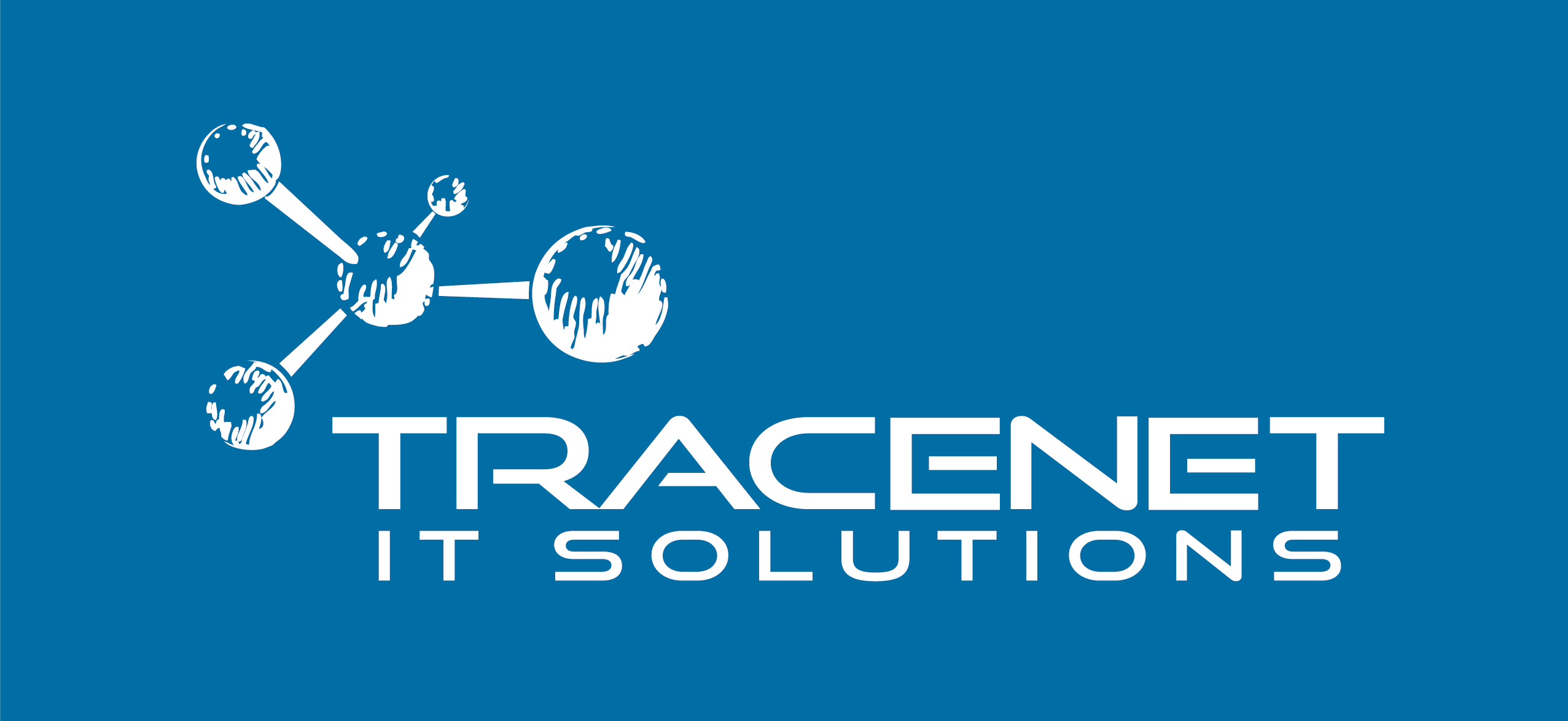LoRaWAN the Future of IoT Communications
Technology has been developing more and more to bring convenience to citizens’ daily lives, but also to improve the quality of processes in the industry and companies that deal daily with processes related to the technology area. That’s why the LoRaWAN protocol is so relevant.
The Internet of Things is gaining more and more space, allowing developers in this area to generate precise protocols that facilitate the use of the devices made available. Therefore, in this article, learn a little more about this creation and how it can be applied.
So, what is the LoRaWAN protocol?
The LoRaWAN protocol is nothing more than a protocol created by the LoRa Alliance organization in 2015. It is through it that long-range transmission became possible without the need to increase energy consumption. In this way, many areas were benefited by the invention.
Throughout this article, it will be possible to understand a little better about its specifications.
Is there a difference between LoRa and LoRaWAN?
Yes, there is a difference between LoRa and LoRaWAN. Both terms are widely disseminated in the technology community, especially because of the importance they have marked in this type of industry, along with the Internet of Things, as mentioned earlier.
LoRa can be defined as a communication protocol that has low energy consumption and broad range, specifically for radiofrequency devices. The modulation is more suitable for P2P communications.
On the other hand, LoRaWAN is seen as a protocol that originated from LoRa but gained some improvements so that higher layers of amplification could be achieved. It is worth remembering that this specific protocol is not limited solely to a radiofrequency module, but rather a set of microcontrollers.
How does the protocol’s structure work?
There is a path that needs to be taken for a message to reach the final platform without major interruptions. For this, End Nodes and End Devices are indispensable, which are remote representatives of the devices, such as the LoRaWAN Bee.
It is through the devices mentioned above that it is possible to send or receive information to Gateways, also known as Concentrators. They are nothing more than antennas that perform the connection. From these antennas, information is sent directly over the internet, reaching the Network Server.
So, after going through all this path, the initially sent information will go to an Application Server, represented through a platform where communication information is properly displayed, as is the case with PROIoT.
LoRaWAN Classes
In the protocol, it is possible to observe the division into three categories: A, B, and C. Class “A” refers to All, meaning that all other classes can behave like the letter “A.” These devices are responsible for reducing energy consumption because they can send data at any time.
The LoRaWAN protocol is extremely relevant for the Internet of Things and for energy savings in data transmission. For more information on technology, keep following the articles on our blog.
With the advent of digital transformation, gravely accelerated by the pandemic, some aspects need closer attention. And that is the case for Cyber Security.
Inserted in this context are the firewalls solutions, with the goal to protect the network against intruders and to safeguard systems and data. Amongst those is the Next Generation Firewall.
So what differs from Traditional to Next-Generation Firewall?
The Next Generation Firewall, also known as NGFW, is a third generation firewall technology that can be implemented in any software or hardware to prevent advanced cyber attacks. It is able to detect and block such threats by applying safety policies in three levels: application, port and protocol.
In other words, the Next Generation has additional resources when compared with a traditional firewall, as it goes beyond the port/protocol adding complex rules based on application awareness.
With this technology for instance, professionals of cyber security can analyze if a download has some type of threat, like ransomware, backdoor, or any other malware, known or unknown.
The Next Generation firewall operates with a layer 7 application filtering in the IOS model, while older versions only reached the 4th, which is the transport layer.
What are the NGFW main functions?
As we mentioned, the Next Generation Firewall has some of the same functions as a traditional firewall, with some add-ins such as:
- Application awareness;
- Intrusion Prevention System (IPS);
- Deep Pack Inspection (DPI);
- High performance;
- External threat intelligence;
- Etc.
Why do I need a NGFW?
A common misconception is that native digital businesses are already secured by the cloud tools. That is not always the case as, even though the cloud environment may be well protected, the wider structure can be left unprotected, with the use of insecure devices or internet connection, for instance.
With that said, the best solution for your business depends on the size of your network and the level of security needed, but the NGFW is currently the most effective and sophisticated solution for cyber security in the cloud age.
Do you want to learn more about IOT and other solutions? Access our trainings and good luck!



